The after life...Tsinoy style...
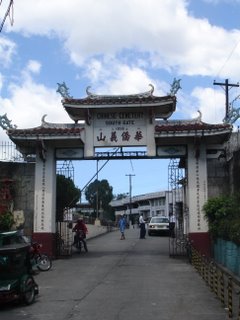
Second, because the first time around I turned down the offer of a guided tour, thinking I would just wander around knock off a few photos and be done. However, the place is too interesting and there is so little written about it anywhere that I could find...the internet did not cough up too much and Manila guidebooks were very brief on the topic.
This time around on my arrival at the cemetery I looked for Eddie who had offered his guiding services the first time I went. Eddie was born in the cemetery in 1948, his parents were both caretakers at the cemetery. He promised me such delights as seeing the Beverley Hills of the cemetery, Millionaire's Row, the oldest grave and other such 'delights' - his word, not mine!

From what information I could find the cemetery was founded in about 1850 (although according to Eddie the oldest grave is from 1800), it covers 54 hectares of land and was originally used for 'unconverted' poor Chinese whose bodies could not be shjpped back to Mainland China. Families rent a plot of land which costs about P70,000 for 1 square metre for 25 years and then build their mausoleum’s on the land. When the 25 yrs expires and nobody pays a new lease, the body is then unearthed and relocated to a wall where the bones are slotted into a 'cubby-hole' and then the land released and someone else 'moves in'.

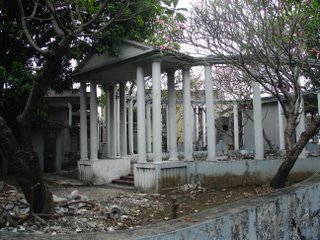
First stop was the 'home' of Gregory Uy, costing P3M to build with imported marble, lined with gold leaf.


Then on to 'Beverley Hills'...so defined because all the graves in this street have balconies!

In death, as in life....education is all...

1st November - All Saint's Day, is the busy day at the cemetery, apparently from dawn to early morning the next day the place is packed with people eating, drinking, playing mahjong, singing karaoke and generally having a good time. Each grave is kitted out to ensure maximum comfort for the living, a toilet and a small kitchen area are basic requirements, some go a little further with air-conditioning, a terrace, sitting out areas, one was particularly singled out for having a bar - apparently the living relatives come over and get very drunk and consequently very noisy...but given the status of the neighbours, nobody really cares.
A lot of the graves show the man buried, with a space for his wife next to him, signified by the red Chinese character....
A couple of the graves show the husband and his wife buried there, with space for his second wife or mistress -

Or his second wife or mistress is already buried with him...

In many of the graves you see cans of coke or containers of juice, not the living being lazy with their trash, just ensuring that the dead have their favourite drinks in the after life. This couple show their differences by one liking diet coke and the other preferring the real thing!

The cemetery is well guarded and well lit; apparently some of the graves have jewellery buried in them. Each grave is charged for electricity and water, although apparently the letter boxes in the door are not for the bills but for letters for the dead.

The Lim Family Mausoleum is apparently one of the more 'luxurious' in the cemetery, with air-conditioning, imported marble and an upper level balcony all costing P5M to build. All this money and yet the furniture inside is plastic garden furniture.
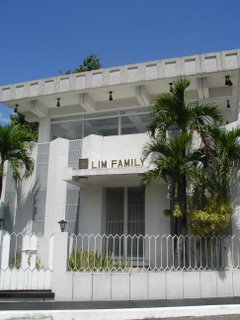
As a cheaper alternative, some people are buried in what are called 'apartments', there are rows and rows of these...



The oldest grave in the cemetery is not as grand, with no house to shelter it. It is turtle shaped (a sign of longevity!), and is in the more traditional style for those familiar with the rural graves in Hong Kong and China.

Allegedly very good luck for the Chinese and very bad luck for the Filipinos, this grave has a tree directly central in front of the grave.

Visiting the cemetery one feels almost detached from the concept of death and the accompanying sorrows, until one visits the area where the children are buried. This is a long wall with niches for the tiny coffins with a plaque in front. The dates and ages are so sad with many of this children dying either on the day they were born or very soon after, one family lost one child on the child's first birthday, the same family lost their second child (born on the day that the first child died) two days after it was born – tragic. As Eddie kept saying, 'Children should be buried with their families, not all on their own'.
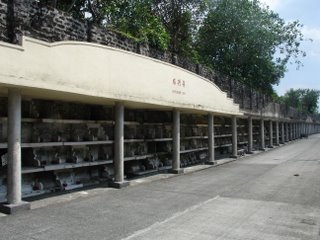


The Tseng Tsai Jun mausoleum is the largest that I could see, apparently there are three bedrooms inside on the upper level, the 'house' is permanently staffed and even seemed to have its own guard dog.
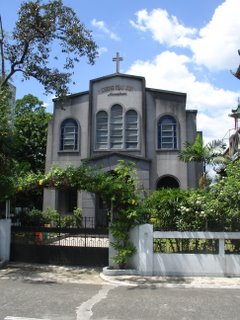
and their next door neighbours have a fairly large house...

Along one edge of the cemetery are rows and rows of block graves, apparently belonging to all the Chinese who died in one building that collapsed during the August 1968 earthquake.
During the Japanese occupation the cemetery land was used as part of the Japanese army base, according to Eddie, under the monument pictured below lies a mass grave of Filipino and American soldiers. There are three monuments through the cemetery that are related to the Japanese occupation.


Throughout the cemetery are signs that those buried are not all of the Christian faith, some of the graves are Buddhist.
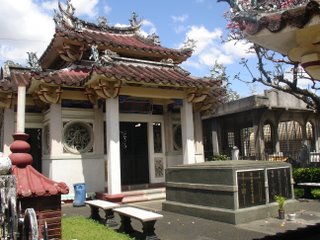
The mix of faiths is most obvious in the Chong Hock Tong temple. Known within the cemetery as the 'Halo-Halo' temple, (obviously not in relation to the Philippine desert but the Tagalog word 'mix').
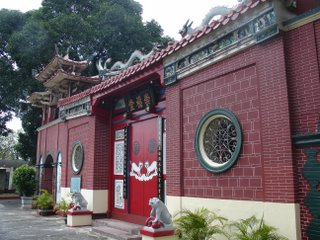
The altar holds figures of Buddha, Confuscious, Jesus and Mary.

The temple stands in one corner of the cemetery next to the Crematorium, which always seems to be busy and next door to 'The House of Ashes', here it costs P10K to have ones ashes interned for 'eternity'.
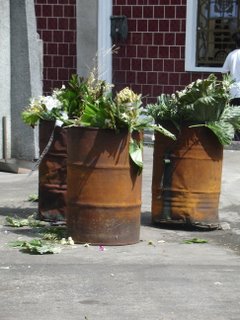
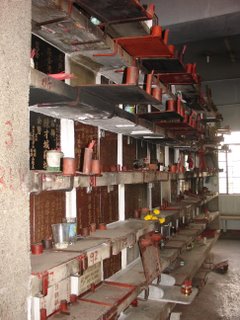
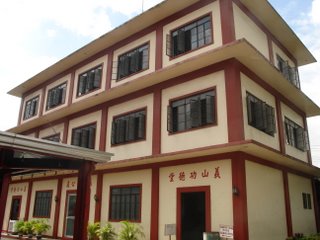
And as I left, a funeral procession with jeepneys....


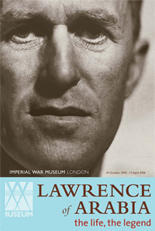











6 Comments:
He may be...we didn't discuss Elvis. There seem to be a pool of guides there, they apparently used to be linked to the DOT but have since gone freelance.
I have never been to that place but I think I have to now.....It seems so enchanting
So Eddie was good? How do you contact him?
I agree about the wall of kids, that really is heartbreaking. Especially the ones where the parents have left some toys.
Madame Chiang,
This post was fantastic. Your enthusiasm for discovering the heritage of a city and uncovering the secret pasts of the place in which you live is infectious. It really makes me want to visit Manila again and give it another chance (I'd previously only been on business trips and had been stuck mostly in Makati).
The comment your guide made about the children being buried on their own was very moving, and the combination of Catholic ritual and Chinese practicality (i.e. having mistresses buried next to each other) is wonderfully colorful and thought-provoking. One can learn so much about a people from the way they bury their dead! These stories and secrets need not only be teased out by archaeologists uncovering Roman ruins, as you demonstrate. Bravo!
Dave
It's true...there is actually a fair amount to Manila, the trouble is, is that everyone (including the locals) writes off what there is to see...so you really have to dig it out....
Very effective material, thanks so much for this post.
hair sticks | asparagus recipes | sexiest women
Post a Comment
<< Home